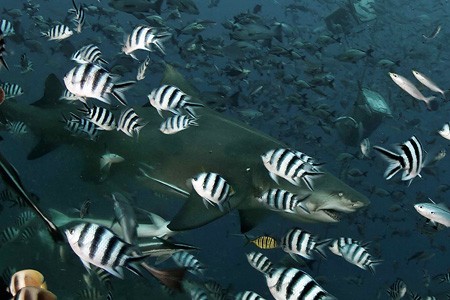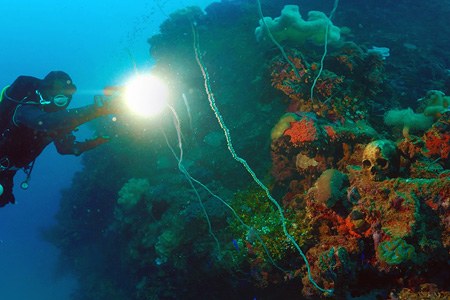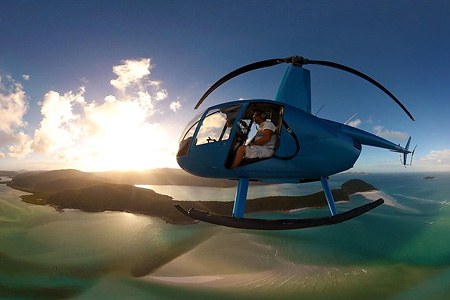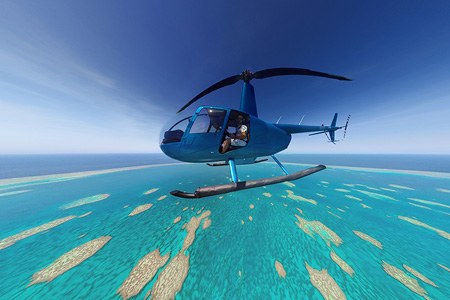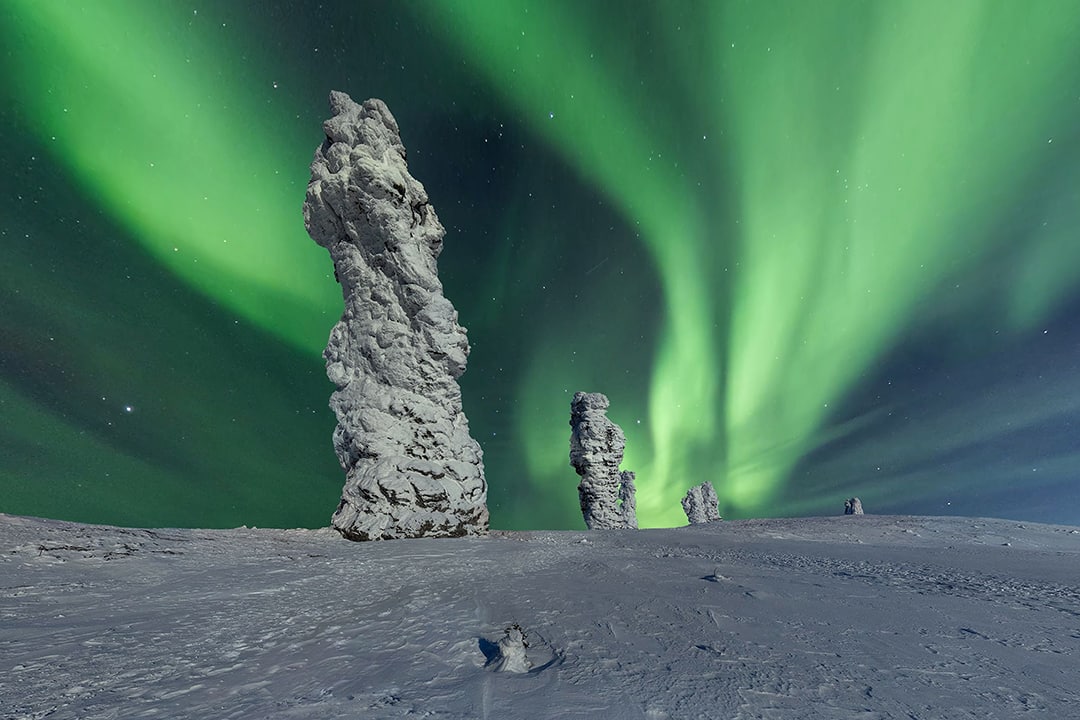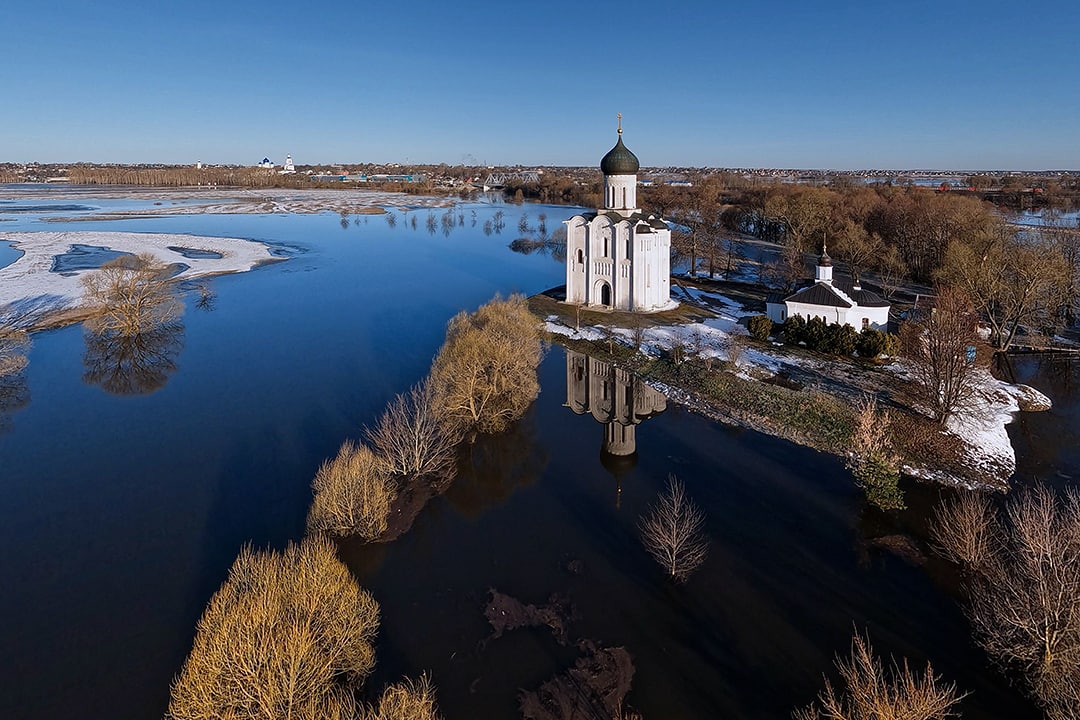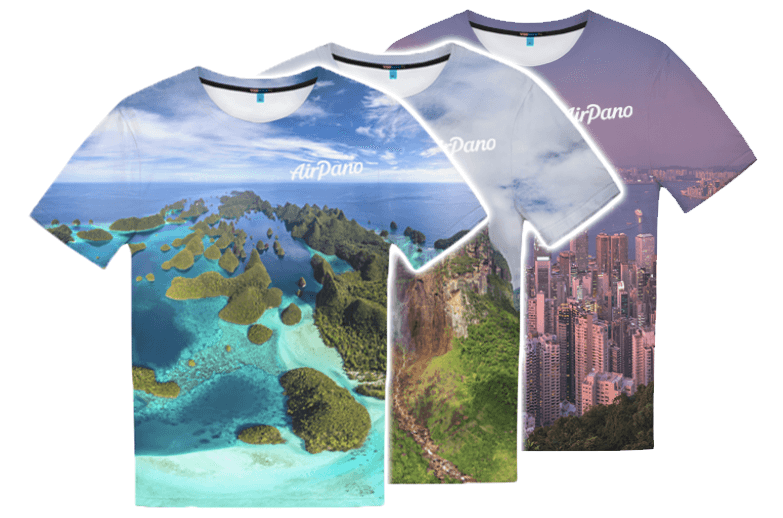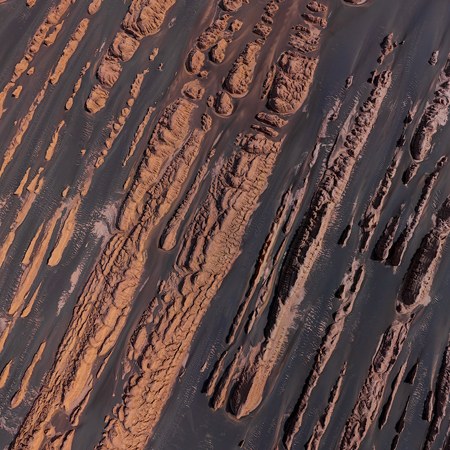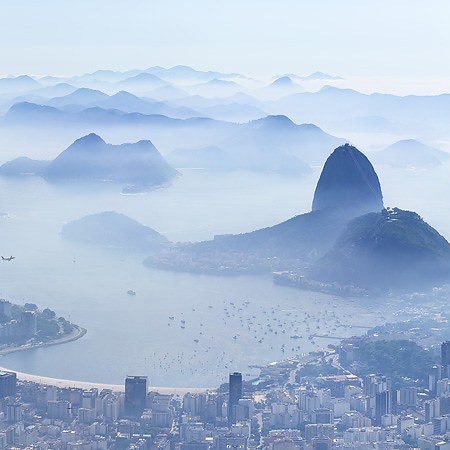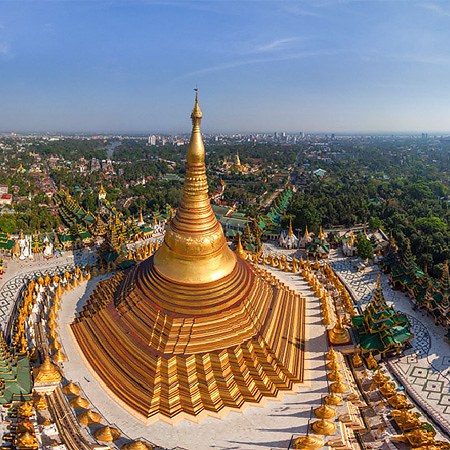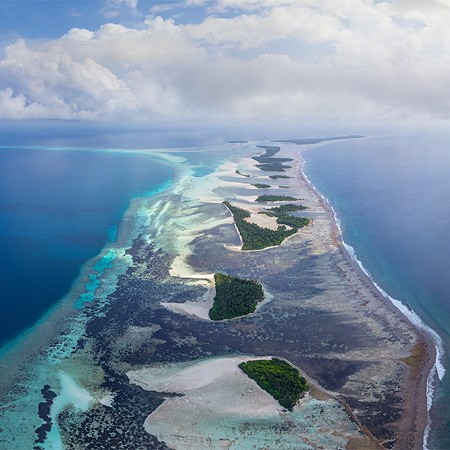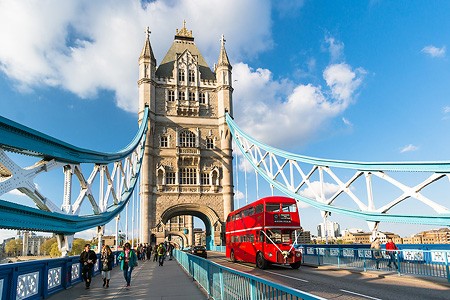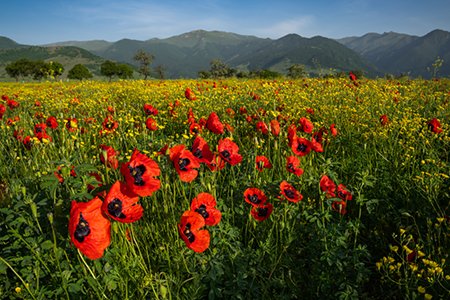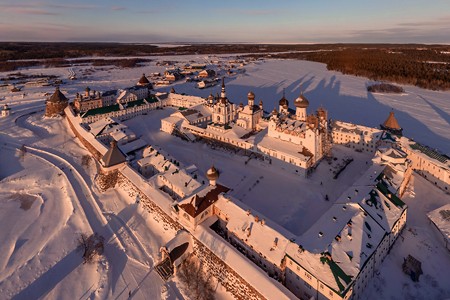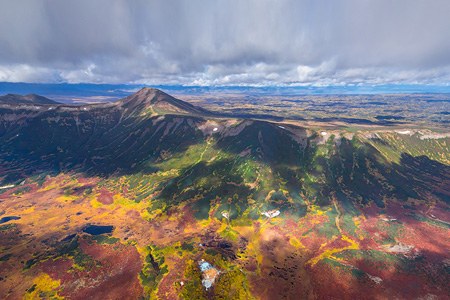Moorea Island, French Polynesia
Welcome to the virtual tour to Moorea, an island in French Polynesia. In the Tahitian language the name means "yellow lizard". Indeed, these reptiles live here, but this AirPano tour is a chance to discover a variety of natural marvels of this small island in the South Pacific Ocean.
Moorea is in the Society Islands. According to archaeologists, this area was settled from Samoa and Tonga around 200 CE. The first European to sight the island was the Portuguese navigator Pedro Fernandes de Queirós, in 1606. The first European settlers arrived during the 18th century.

Interestingly, the island with an area of 134 square kilometres contributed to science: in 1769, RV Endeavour under the command of James Cook came here on an expedition to observe the transit of Venus across the Sun. It is a rarest astronomical phenomenon that at that time could only be observed in that part of the world to obtain data to measure the size of the solar system.
Another illustrious name connected with the history of Moorea is Charles Darwin. Looking down upon Moorea while standing on Mount Orohena on Tahiti, the nearest neighbour of Moorea, he found inspiration for his theory of coral atoll formation.

Volcanic in origin, the island is surrounded by coral reefs that are one of its major tourist attractions. Cook's Bay, deep and blue in colour, with 830 m high Mount Muaputa in the background, is considered to be iconic landmark of the whole South Seas region; it is one of the most frequently photographed views.

Moorea's economy is nearly entirely reliant on tourism: along with Bora Bora and Tahiti, the island is among the top three places favoured by tourists in French Polynesia. The coastline is being dynamically exploited, luxury hotels are being constructed, there is a traditional Polynesian village rebuilt for tourists, and a magnificent viewing platform. At the same time, inland areas of Moorea remain uninhabited and even hard to reach.

Moorea's exuberant jungle and scenic slopes are home to a great many secreted rivers and waterfalls. There are no animals on the island that are dangerous to humans. Terrestrial mammals such as goats, dogs, pigs and horses, were introduced by humans. The indigenous land animals are only land crabs, snails, lizards and insects. The marine fauna of the lagoon and coral reef is very rich in species. Divers and snorkelers can observe 500 species of coral fish, molluscs, echinoderms, and crustaceans. There are dolphins, sharks, rays, swordfish, and sea turtles. From July to October, humpback whales pass by the island.
Besides the nature, Moorea has preserved a number of historical sites: marae, the ancient places of worship. The temples (the majority of the local population are Christians) are an interesting example of the tropical religious architecture.

Transportation to this exotic island is usually done from Tahiti by air transport, or on a cruise ship. For the meantime, a virtual AirPano tour lets you admire its beauty from far away.
Photos by Ádám Plézer
05 April 2024
Read more
360° Video
